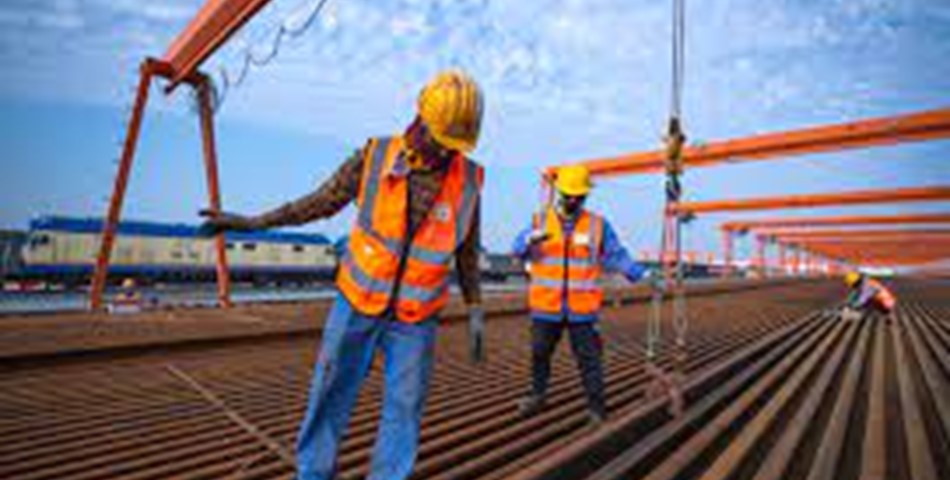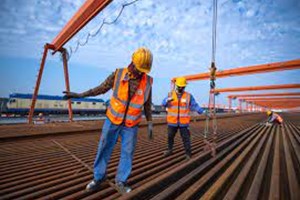Overview
The UAE’s construction sector is anticipated to attain moderate post- pandemic growth over the coming years. The UAE government focuses on investment in energy and infrastructure including transportation, utilities, decarbonization, renewable and nuclear energy generation, and resolving the ongoing water scarcity. The significant commitment and resources of the government leads to the development of various mega-project opportunities for construction and engineering companies in the UAE. Recent major projects announced include the Abu Dhabi National Oil Company’s (ADNOC) Al-Nouf seawater treatment plant, Dubai Municipality’s plan to build a strategic sewerage tunnel, and other mega construction projects like the redevelopment of Mina Rashid in Dubai, and the Dubai International Financial Centre Expansion 2.0.
Leading Sub-Sectors
- Utilities and Energy Projects
The utilities energy infrastructure sector is expected to expand over the next decade to boost electricity generation capacity to meet growing demand, increase the UAE’s water security, and to diversify the economy away from oil. Growth in energy and utilities infrastructure will be driven by the expansion of water and renewable energy capacity over the coming years, in line with pressing water scarcity of the UAE and the government’s low carbon energy agenda. ADNOC announced earlier this year the commencement of a competitive process to evaluate and select a developer to participate in the development of a large-scale seawater treatment and transmission pipeline project in the Emirate of Abu Dhabi. This $2.5 billion project is aimed to replace the current aquifer water injection systems used for maintaining reservoir pressure at onshore oil fields in Abu Dhabi.
Transportation and Road infrastructure Projects
Transportation and road infrastructure development continues to be key to the car-reliant UAE to meet the needs of the growing population and increasing number of cars. This comes in line with the government Abu Dhabi Plan Capital 2030 to expand urbanism and tourism in both main Emirates cities. The UAE has a sizable transportation and road infrastructure projects pipeline, including the $11 billion Etihad Rail, the $5.9 billion proposed hyperloop project between Dubai and Abu Dhabi, the $2.7 billion Sheikh Zayed double-deck road project, and more.
The increasing demand for urban transport and government aims to bolster tourism and broaden transportation infrastructure will also drive rail and road development across the country.
Real Estate Sector
The outlook of UAE’s residential buildings sector remains weak due to the ongoing issue of an oversupply of residential buildings. Growing concerns about excess supply in Dubai’s residential building sector are expected to have an impact on the construction industry. Emaar, Dubai’s largest property developer, has halted new construction works, citing both an oversupply of property in the market and a drop in demand from government entities. Emaar has reportedly also suspended high-profile projects including the Dubai Creek Harbour, which was intended to build homes for 200,000 people. Other renowned Emirati developers such as Damac Properties, Meraas Holding and Nakheel have cut back on their construction plans in order to maintain their price levels.














